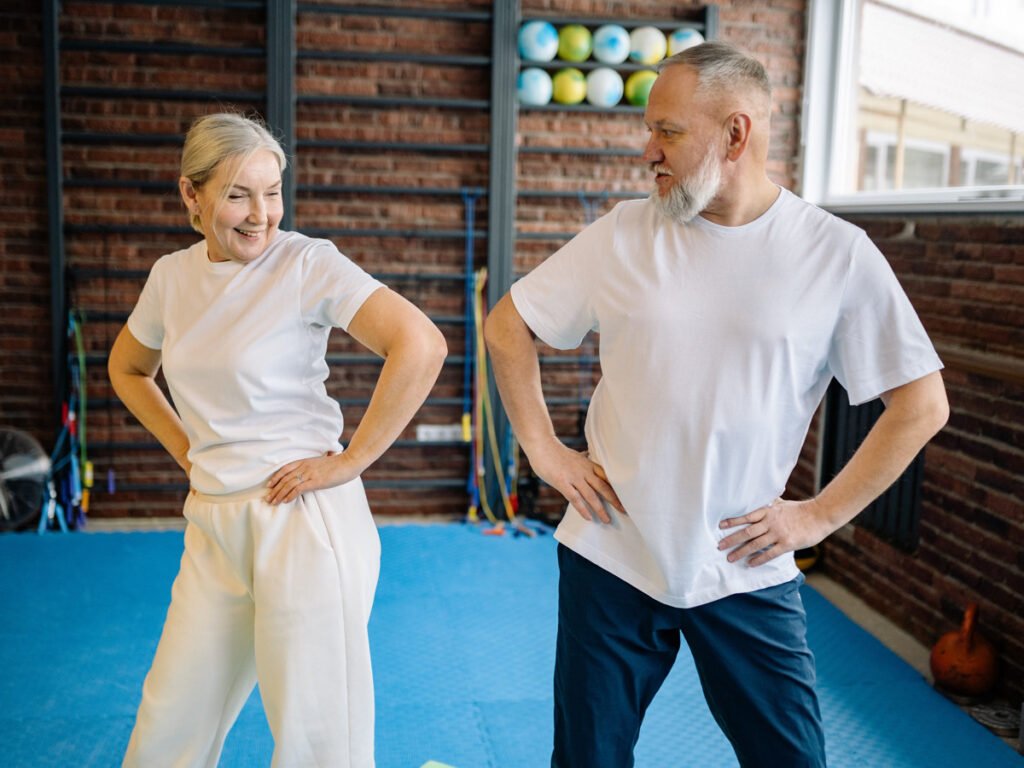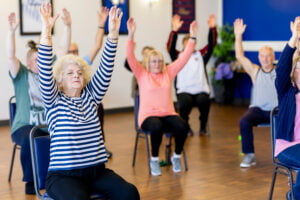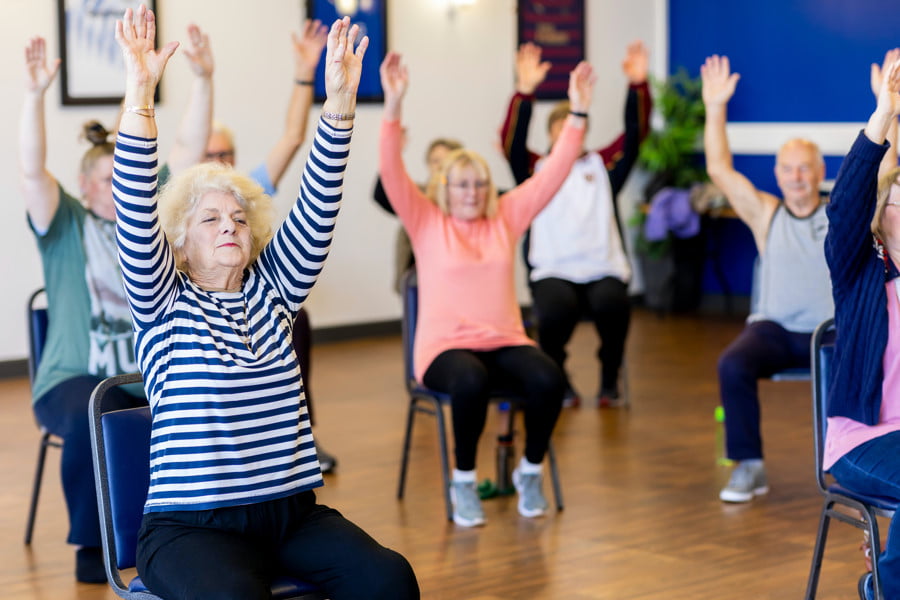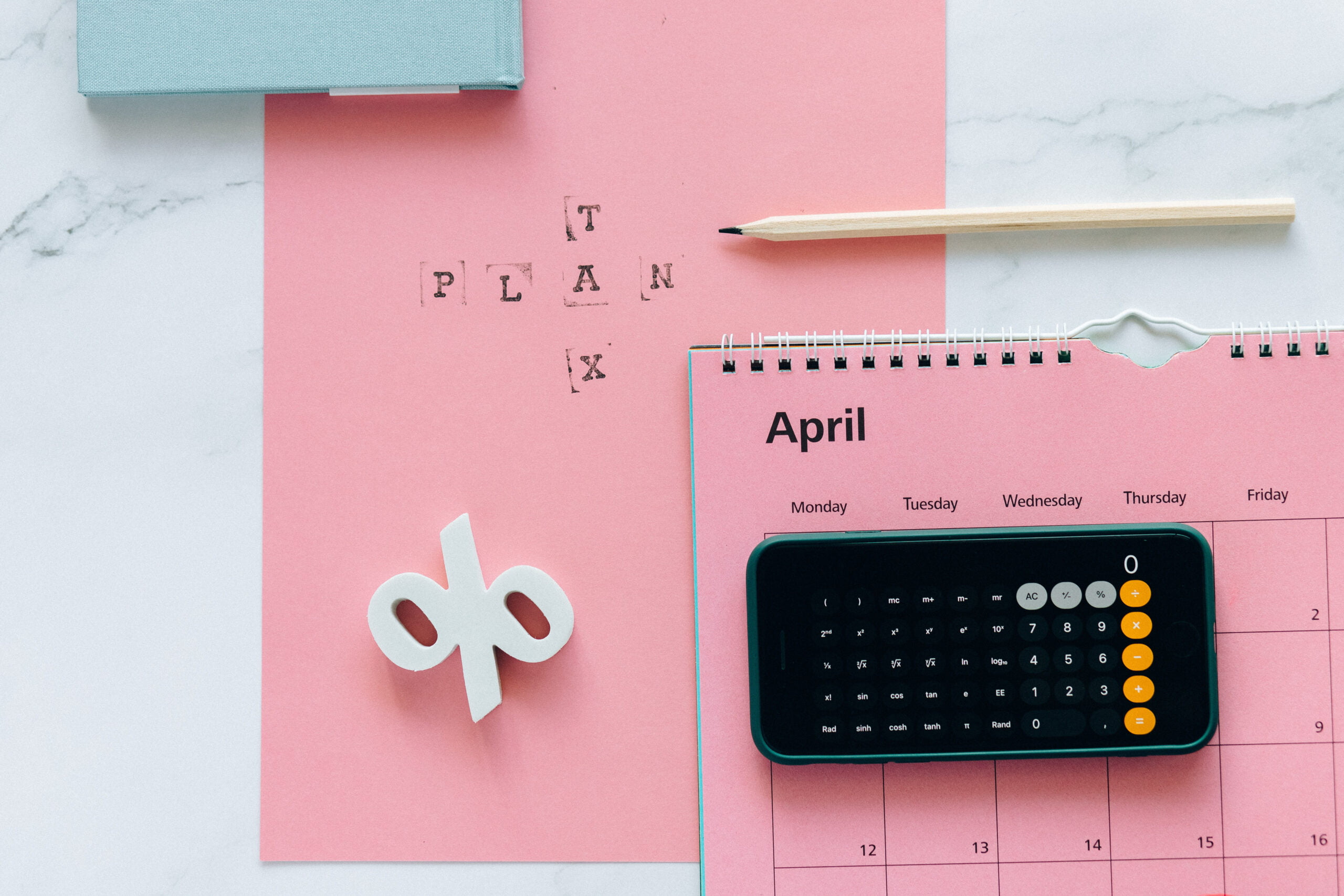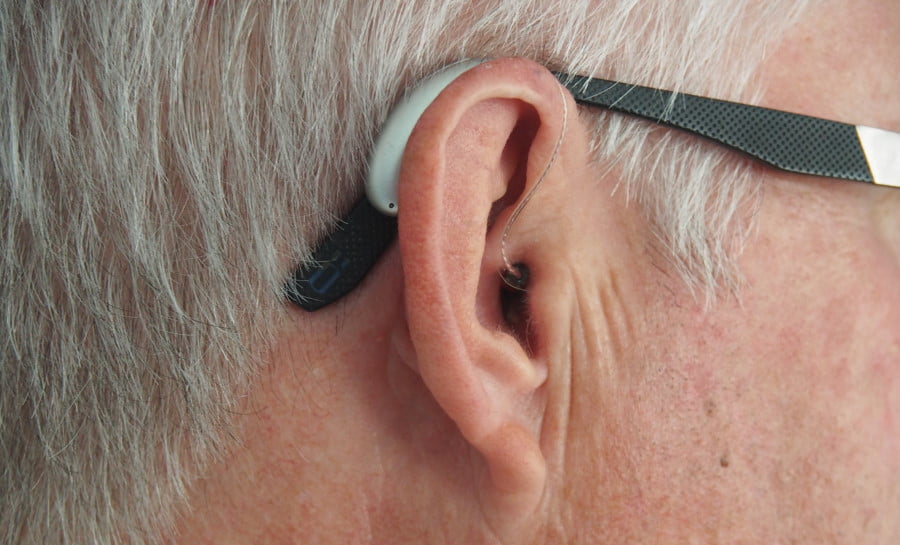Staying active and healthy is essential for baby boomers looking to maintain their overall well-being and age gracefully. As you enter your golden years, it’s important to make the most of your newfound freedom and prioritize your health. In this article, we’ll explore practical strategies for baby boomers to include exercise in their everyday lives, no matter their current fitness level.
- Start with low-impact exercises
Low-impact exercises are a great way for boomers to begin their fitness journey. These activities put less stress on joints and muscles, reducing the risk of injury. Some popular low-impact exercises include:
Walking: An easy and accessible way to stay active, walking can be done in your neighborhood, at a local park, or even at a nearby mall. Aim for at least 30 minutes of brisk walking daily to reap the benefits. Walking is not only good for your physical health but also provides an opportunity to enjoy the outdoors, relieve stress, and socialize with friends or neighbors.
Swimming: A full-body workout that is gentle on the joints, swimming is an excellent exercise option for boomers. Visit your local community pool or fitness center and try swimming laps or joining a water aerobics class. Swimming works various muscle groups while also providing cardiovascular benefits. Additionally, the buoyancy of water helps support your body, making it an ideal exercise for those with joint or mobility issues.
- Engage in strength training
Strength training helps maintain muscle mass, improves bone density, and boosts metabolism. Aim to include strength training exercises in your routine at least twice a week. Some options to consider:
Resistance bands: These versatile and affordable fitness tools can be used to perform a variety of exercises targeting different muscle groups. Resistance bands are portable and can be easily stored, making them a convenient option for at-home workouts or travel.
Bodyweight exercises: Push-ups, squats, and lunges are examples of bodyweight exercises that require no equipment and can be done anywhere. Start with modified versions of these exercises, such as wall push-ups or chair squats, and gradually progress to more challenging variations as your strength and fitness improve.
Weightlifting: Using dumbbells, kettlebells, or weight machines can help build and maintain muscle mass. Begin with light weights and focus on proper form to minimize the risk of injury. Consider working with a personal trainer or attending a group class to learn appropriate techniques and ensure you’re performing the exercises correctly.
- Prioritize flexibility and balance
As we age, flexibility and balance become increasingly important to prevent falls and maintain mobility. Incorporate stretching and balance exercises into your daily routine:
Yoga: This mind-body practice offers various poses and stretches that promote flexibility and balance. Many yoga studios and community centers offer classes specifically designed for seniors. Yoga not only helps improve your physical fitness but also promotes relaxation and stress reduction.
Tai Chi: This gentle form of martial arts focuses on slow, controlled movements and is excellent for improving balance and coordination. Tai Chi has been shown to help reduce the risk of falls in older adults and improve overall functional ability.
- Aerobic exercises for heart health
Aerobic exercises, also known as cardiovascular exercises, help improve heart health, lung function, and endurance. Aim for at least 150 minutes of moderate-intensity aerobic activity per week, or 75 minutes of vigorous-intensity activity. Some options include:
Cycling: Riding a bike is a low-impact activity that can provide excellent cardiovascular benefits. You can cycle outdoors or use a stationary bike indoors. Consider joining a cycling club or group to stay motivated and socialize with other like-minded individuals.
Dancing: Dance classes or social dancing events are an enjoyable way to get your heart pumping and stay active. From ballroom dancing to line dancing, there are various styles to choose from, allowing you to find something that suits your interests and abilities.
Water aerobics: This low-impact exercise combines cardio and resistance training in a fun, social environment. Water aerobics classes are often available at local pools, community centers, or fitness clubs, and are a great way to meet new people while working on your fitness.
- Make outdoor activities part of your routine
Engaging in outdoor activities not only provides physical exercise but also helps boost mental health by connecting with nature. Consider incorporating these activities into your routine:
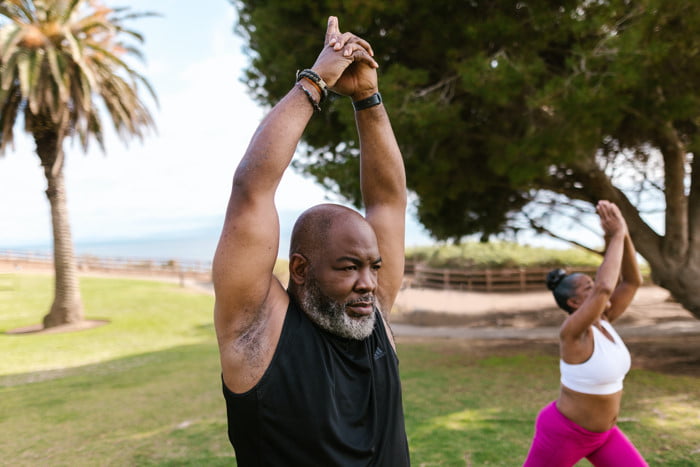
Hiking: Explore nearby trails or parks while getting a good workout. Hiking helps improve cardiovascular health, strength, and flexibility. Plus, it’s an opportunity to enjoy the beauty of nature and spend quality time with friends or family.
Gardening: Gardening is a therapeutic and rewarding way to stay active. It involves various physical tasks, such as digging, planting, and weeding, that help improve strength, flexibility, and endurance. Additionally, gardening can be a great source of stress relief and a creative outlet.
- Find social opportunities for physical activity
Staying active can be more enjoyable when shared with others. Participate in group activities or classes to meet new people and stay motivated:
Join a walking group or club in your community.
Participate in group fitness classes geared towards seniors at your local gym or community center.
Sign up for a sports league or recreational club, such as tennis, golf, or pickleball.
- Make exercise a daily habit
Aim to make physical activity a consistent part of your daily routine. Here are some tips to help you establish and maintain an exercise habit:
Schedule your workouts: Set aside a specific time each day for exercise and treat it as an important appointment.
Set realistic goals: Start with achievable goals and gradually increase the intensity and duration of your workouts as you progress.
Track your progress: Keep a journal or use a fitness app to log your workouts and monitor your progress over time.
Listen to your body: If you experience pain or discomfort during exercise, stop and consult your healthcare provider before continuing.
- Adapt exercises to your specific needs
As a baby boomer, you may have unique health concerns or physical limitations that need to be taken into account when developing your fitness routine.
Be sure to consult your healthcare provider before starting any exercise program and ask for guidance on appropriate modifications or precautions.
Remember, it’s essential to listen to your body and adjust your activities as needed to stay safe and healthy.
- Stay motivated and accountable
Finding the motivation to exercise regularly can be challenging, but there are various strategies to help you stay on track:
Enlist a workout buddy: Having a friend or family member to exercise with can make your workouts more enjoyable and help you stay accountable.
Set short-term and long-term goals: Establish specific, measurable goals to work towards, such as completing a 5K walk or increasing your weekly exercise time.
Reward yourself: Celebrate your progress and accomplishments with non-food rewards, such as a massage, new workout gear, or a fun activity.
- Embrace technology
Leverage technology to help you stay on track with your fitness goals. There are numerous fitness apps, wearable devices, and online resources available to support and guide you on your journey to better health:
Fitness apps: Explore the various fitness apps available, such as those designed specifically for seniors or those that offer guided workouts and exercise routines.
Wearable devices: Track your progress, monitor your heart rate, and set fitness goals using wearable devices like fitness trackers and smartwatches.
Online resources: Look for workout videos, tutorials, and articles on reputable websites that cater to baby boomers or senior fitness. These resources can provide valuable information and guidance to help you stay active and healthy.
Incorporating exercise into your daily routine is essential for baby boomers who want to maintain their health and age gracefully. By exploring various low-impact activities, strength training, flexibility and balance exercises, aerobic workouts, and outdoor activities, you can create a fitness routine that suits your interests and needs. Stay social, make exercise a daily habit, and embrace technology to support your journey towards better health. Remember to consult your healthcare provider before starting any exercise program and listen to your body to ensure you’re staying safe and healthy throughout your golden years.

